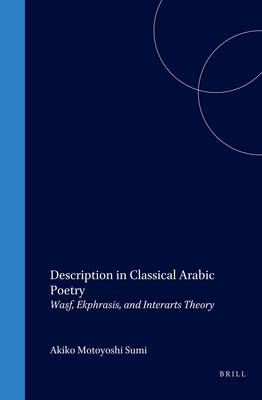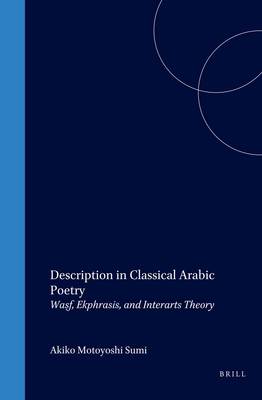
- Afhalen na 1 uur in een winkel met voorraad
- Gratis thuislevering in België vanaf € 30
- Ruim aanbod met 7 miljoen producten
- Afhalen na 1 uur in een winkel met voorraad
- Gratis thuislevering in België vanaf € 30
- Ruim aanbod met 7 miljoen producten
Zoeken
€ 222,95
+ 445 punten
Omschrijving
This volume deals with waṣf or description which is one of the salient characteristics of the qaṣīdah (classical Arabic poetry) tradition. The Introduction offers the theoretical background of waṣf and ekphrasis ("verbal representation of non-verbal texts" in its modern sense) that can be considered a Western counterpart of waṣf. The main part of the book examines descriptive passages in a selected group of Arabic qaṣīdah from different ages (Jāhilī, Abbasid, Andalusian) with the motifs of horses, bees and honey-gathering, visual artifacts, performance of song, and architecture. Approaching the Arabic ode in light of modern Western critical theory, including the theories of ekphrasis and of interarts studies, this work is original and innovative, so it leads to a new understanding of a major form of traditional Arabic poetry.
Specificaties
Betrokkenen
- Auteur(s):
- Uitgeverij:
Inhoud
- Aantal bladzijden:
- 276
- Taal:
- Engels
- Reeks:
- Reeksnummer:
- nr. 25
Eigenschappen
- Productcode (EAN):
- 9789004129221
- Verschijningsdatum:
- 17/10/2003
- Uitvoering:
- Hardcover
- Formaat:
- Genaaid
- Afmetingen:
- 163 mm x 245 mm
- Gewicht:
- 635 g

Alleen bij Standaard Boekhandel
+ 445 punten op je klantenkaart van Standaard Boekhandel
Beoordelingen
We publiceren alleen reviews die voldoen aan de voorwaarden voor reviews. Bekijk onze voorwaarden voor reviews.








